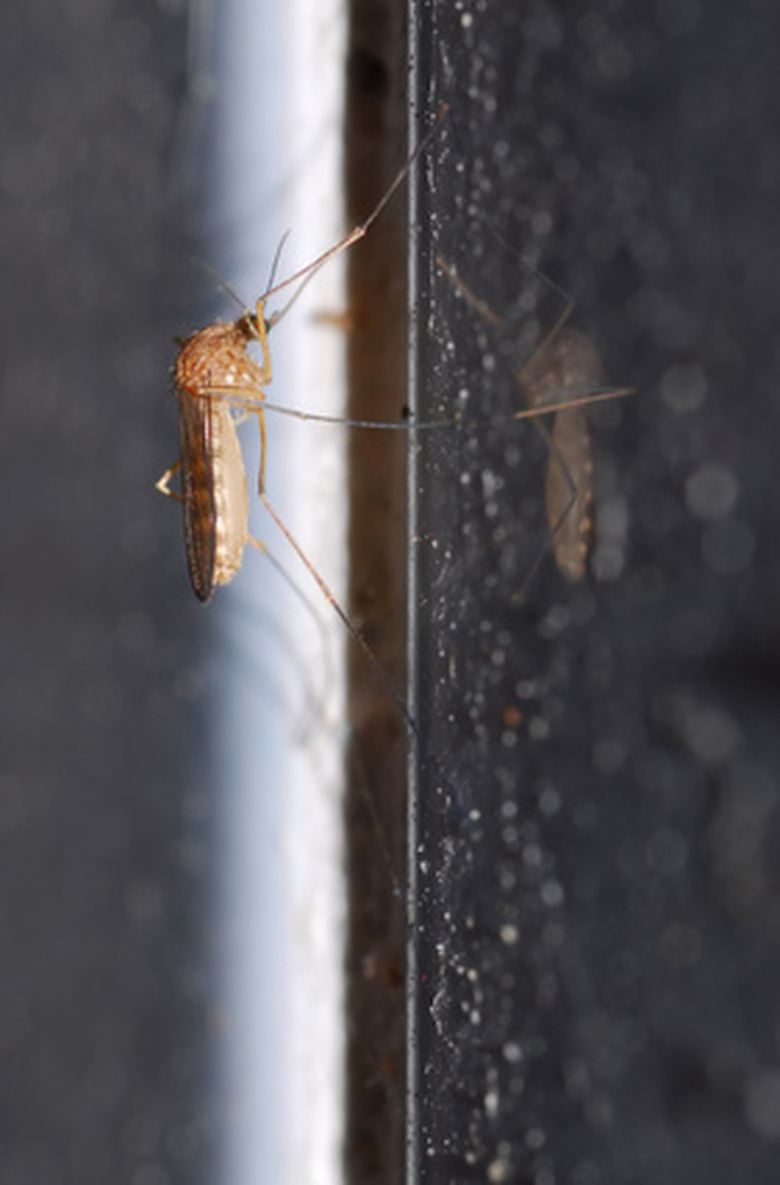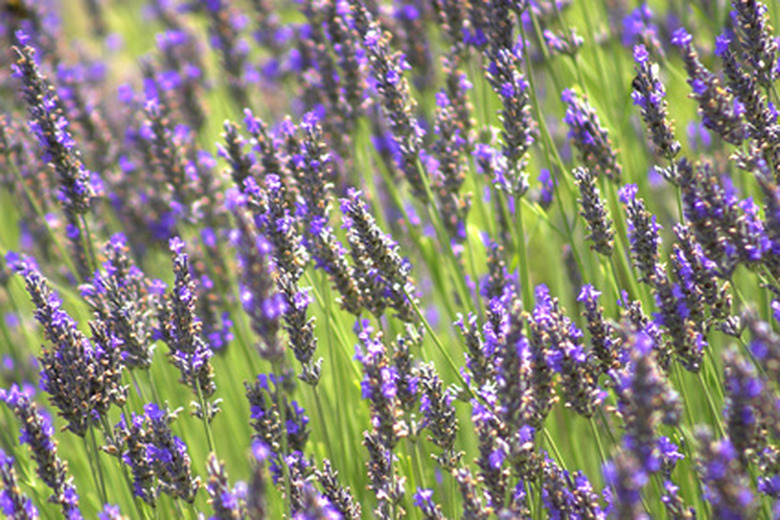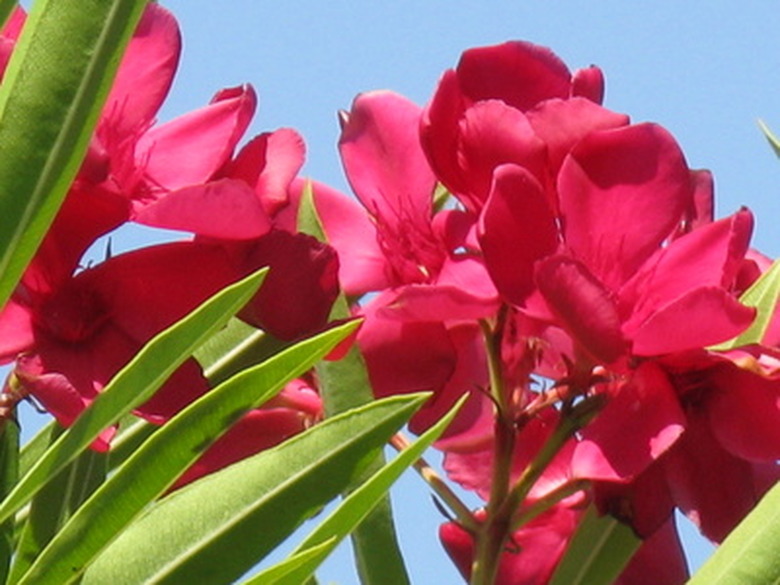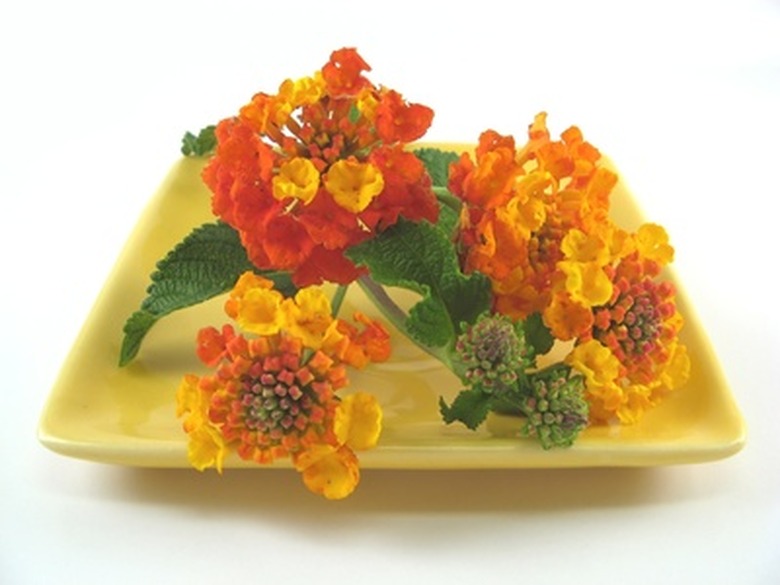What Flowers Repel Mosquitoes?
Numerous plant and flower species contain compounds that repel mosquitoes. Crushing, drying or infusing the plants or flowers in an oil or alcohol base will release the compounds, which enables the user to apply them to the skin, place them in a container in the house or garden, and also burn them as a smudge smoke to release the mosquito-repelling properties. A few flowers appear to also offer mild mosquito-repelling capabilities when simply planted in the garden near an area of increased insect activity.
Lavender
Lavender (Lavandula sp.) planted within the garden helps to repel mosquitoes. When dried, the flowers, stems and leaves work to repel moths and mosquitoes within the home environment. Oil from the plant works when applied to the skin as a pleasant-smelling repellent.
- Numerous plant and flower species contain compounds that repel mosquitoes.
- When dried, the flowers, stems and leaves work to repel moths and mosquitoes within the home environment.
The lavender plant enjoys full sunlight with well-drained soil. It is easily grown in the garden or within the confines of a container. Once established, the plant is drought tolerant. Lavender commonly grows 12 to 18 inches in height. Purple flowers appear in the summer months. The lavender species L. angustifolia offers excellent winter hardiness.
Oleander
The oleander (Nerium oleander) plant is found throughout the southern and southwestern United States. The plant produces abundant white, pink or red blossoms. It can attain a height of 20 feet in the ideal growing conditions. All parts of the plant are highly poisonous; never attempt to dry, extract compounds, cook or burn it. Its smell is believed to repel both rodents and insects when simply planted in the garden. The plant is often grown in the garden or a container. It grows well in both full sunlight and partial shade. It has a very high drought tolerance, and grows well in high salt coastal areas.
- The lavender plant enjoys full sunlight with well-drained soil.
- It can attain a height of 20 feet in the ideal growing conditions.
Lantana
Lantana (Lantana camara) grows as an evergreen shrub that produces a wealth of orange to yellow flowers. It can easily grow 6 feet in height with a width of around 8 feet. Several varieties behave as a climbing vine and can easily be housed on a trellis or arbor. Small, dwarf varieties are available for container planting on a patio or porch. The plant grows well in temperate to tropical regions. It flourishes in virtually any soil. It can be planted in sunlight or shade, and is believed to repel mosquitoes and several other insects from the garden area. It does attract an abundance of butterflies. The foliage of the plant is toxic to pets and livestock.
- Lantana (Lantana camara) grows as an evergreen shrub that produces a wealth of orange to yellow flowers.
- Small, dwarf varieties are available for container planting on a patio or porch.
Ageratum
The ageratum (Ageratum houstonianum) belongs to the aster plant family. It produces an abundance of bluish-purple flowers. An annual, it easily reseeds itself in the garden for continuous growth in temperate to tropical climates. The plant forms 6- to 12-inch mounds of flowers and can be grown in a container. The plant grows well in full sunlight. It is not drought tolerant and must be watered abundantly or it will easily wilt. Any mild frost will kill the plant. Insects avoid the fragrance of the flowers.
- The ageratum (Ageratum houstonianum) belongs to the aster plant family.
- The plant forms 6- to 12-inch mounds of flowers and can be grown in a container.



